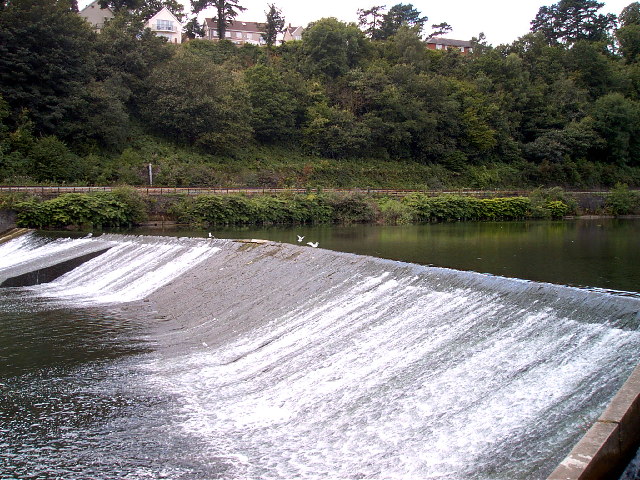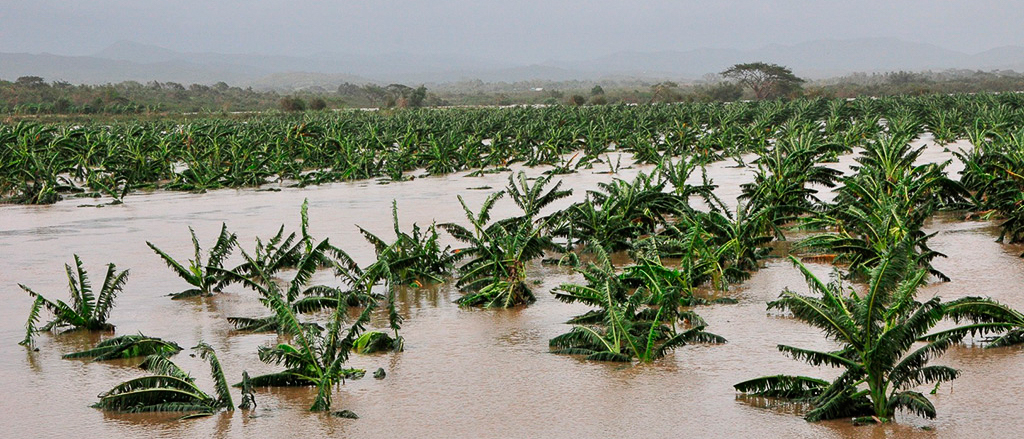
Zimbabwe has announced plans to build 50 new small dams and weirs, as well as upgrade and maintain existing agricultural dams around the nation, in a bid to defend its agricultural produce against climate disasters.
- Zimbabwe is planning to build 50 new small dams and weirs along with upgrading existing dams to bolster its agriculture against climate disruptions.
- The initiative is part of a larger program to irrigate 350,000 hectares by 2028 to enhance food security and resilience.
- Preparations are in place for an expected wetter-than-usual La Niña season in 2025–2026 to efficiently manage water resources.
The plan is part of a larger national program to irrigate 350,000 hectares by 2028.
The strategy is in preparation for a La Niña season that is predicted to be wetter than usual in 2025–2026.
Authorities are acting proactively, focusing on food security and climate resilience in an area that is becoming more vulnerable to unpredictable rainfall patterns and severe weather.
SEE ALSO: Zambia and Zimbabwe renew push for $5 billion hydro dam project
La Niña (cooler than normal sea surface temperatures) weather patterns typically bring above-average rainfall to parts of southern Africa, and Zimbabwe intends to turn this potential climate disaster into a strategic advantage.

By investing in water harvesting infrastructure, the government hopes to ensure that excess rainfall can be captured and stored efficiently for year-round agricultural use.
Comments on the dam project
According to Engineer Edwin Zimunga, Chief Director of Agricultural Engineering, Mechanization, Farm Infrastructure Development, and Soil Conservation at the Ministry of Lands, Agriculture, Fisheries, Water, and Rural Development, the threat of climate variability necessitates both large-scale infrastructure commitment and conservation.
DON’T MISS THIS: Zimbabwe records zero failures in its one year lithium experiment
“The face of climate change really requires that conservation, especially of our biodiversity and natural resources, happens at a much bigger scale. Soil conservation remains a strategic pillar of agricultural production,” he said.
“The best time to start a Pfumvudza plot, to build contours, or to construct field drainages is now. In the old days, we pegged and built contours before the rains to channel and retain water; that has not changed.
Only now we are doing it at a greater level because the rains are more erratic and the erosion more severe,” he added.
In light of last season’s events involving minor farm dam breaches that resulted in fatalities, as reported by The Herald, Eng Zimunga issued a warning that inadequate dam maintenance might have catastrophic repercussions.
Speaking at the Pikinini-Jawanda Irrigation Scheme in Mwenezi, a 156-hectare project, UNDP spokesperson Ms. Pylaia Chembe said the projects demonstrated that rural communities could survive irrespective of climate challenges.












